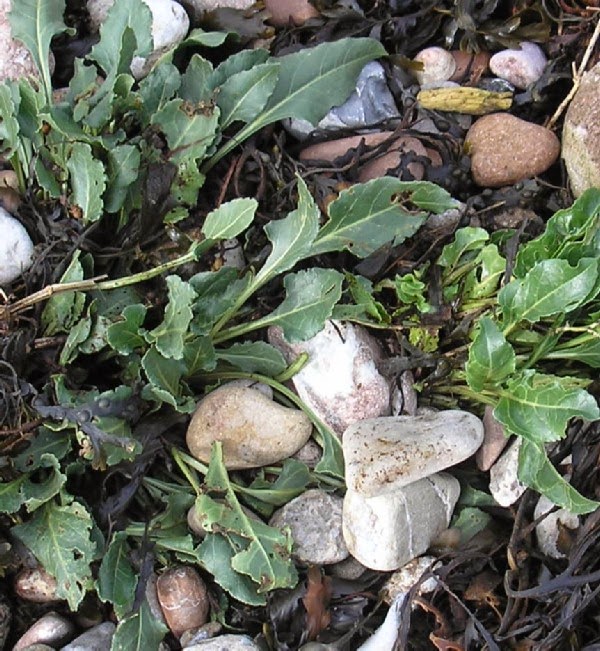Rock Samphire growing at Swanbridge, South Wales. Photo by Steve Andrews
The rock samphire, samphire or sea fennel is a
commonly found edible plant that grows in rocks at the top of beaches, growing
amongst the shingle and on cliffs. It is found in the UK and along coasts of
parts of Europe and the Mediterranean area, as well as on the Canary Islands.
Known to botanists as Crithmum maritimum, the rock
samphire is in the Apiaceae or parsley family. It has succulent divided leaves
and umbels of greenish-yellow flowers. It is aromatic if bruised and has quite a
strong smell and taste. The herbalist Nicholas
Culpeper described rock samphire as having a “pleasant, hot and spicy
taste.”
Richard Mabey gives some recipes for rock samphire in his classic book
for foragers entitled Food For
Free. This book has proved so popular that it has been republished over and over and is now in its fortieth year.
Rock Samphire in Portugal Photo by Steve Andrews
Rock samphire can be found all year round and can be
eaten sparingly raw in salads, pickled in vinegar or cooked as a green
vegetable. It was once so popular that it was mentioned by Shakespeare who describing
the dangerous practice of gathering it from high on cliffs, wrote, "Half-way down, Hangs one that
gathers samphire; dreadful trade!” It was collected too in the Isle of Wight and
shipped to London in vats of seawater to keep it fresh.
These days it is illegal to remove plants of samphire from their
natural habitat. Nevertheless the rock
samphire is an interesting edible plant to look out for when walking by the
sea.








%2Bpublic%2Bdomain.jpg)
.jpg)











